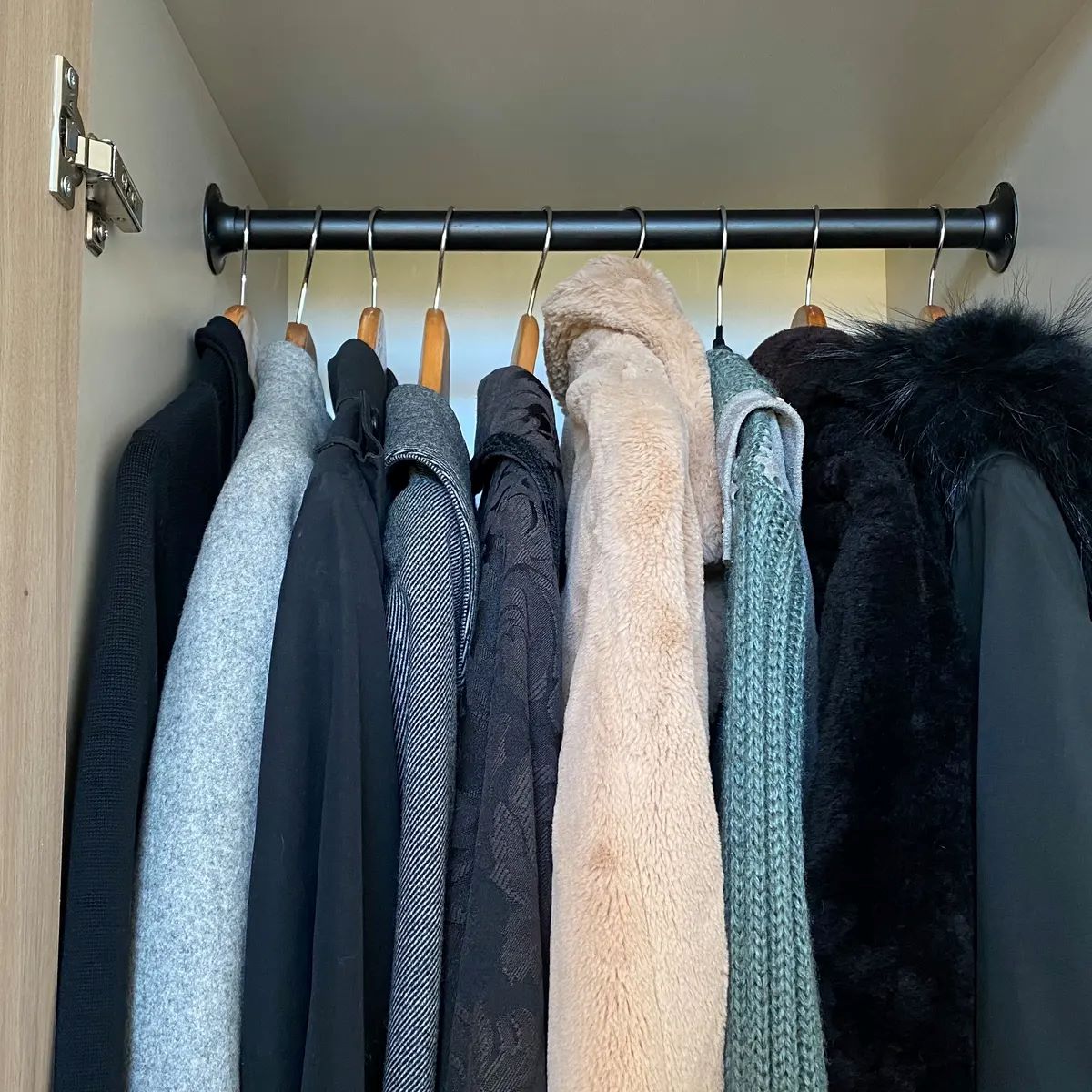

Articles
How To Store Jackets
Modified: February 25, 2024
Discover the best ways to store your jackets and keep them in pristine condition with our expert articles.
(Many of the links in this article redirect to a specific reviewed product. Your purchase of these products through affiliate links helps to generate commission for Storables.com, at no extra cost. Learn more)
Introduction
When it comes to storing jackets, proper care and organization are essential to keep them in top shape and ready to wear. Whether you’re storing your jackets during the off-season or just need to free up some closet space, following the right storage methods can help preserve the quality, shape, and appearance of your jackets for years to come.
In this article, we’ll explore the different aspects of jacket storage and provide you with valuable tips and techniques that will ensure your jackets remain in excellent condition. From choosing the right storage space to cleaning and preparing your jackets, we’ll cover everything you need to know for proper jacket storage.
Key Takeaways:
- Proper jacket storage involves choosing the right space, cleaning jackets thoroughly, and deciding between folding and hanging based on the type of jacket and available storage space. It’s essential to consider long-term storage conditions to preserve the quality and appearance of jackets.
- Organizing jackets in closets or wardrobes, using garment bags, vacuum bags, or plastic containers, and following proper folding techniques are crucial for maintaining the shape and quality of jackets. Regular inspection and preventive measures against pests and humidity are essential for long-term jacket storage.
Read more: How To Store A Leather Jacket
Choosing the Right Storage Space
The first step in storing jackets is choosing the ideal storage space. Look for a cool, dry, and well-ventilated area to prevent any damage caused by moisture, humidity, or pests. Avoid areas like basements or attics, as these are typically prone to fluctuations in temperature and humidity.
If you have a dedicated coat closet or wardrobe, that would be an excellent choice for storing your jackets. These spaces typically offer protection from direct sunlight, which can fade the colors of your jackets. If you don’t have a coat closet, consider using a spare wardrobe, armoire, or a section of your regular closet for jacket storage.
Cleaning and Preparing Jackets for Storage
Before storing your jackets, it’s crucial to clean them properly to remove any dirt, stains, or odors that may be present. Check the care instructions on the jacket’s label and follow the recommended cleaning method. In general, most jackets can be either machine washed or dry cleaned. When cleaning, ensure you use the appropriate products and techniques to maintain the fabric’s integrity.
Once your jackets are clean, make sure they are completely dry before storing them. Moisture can lead to the growth of mold and mildew, causing irreparable damage. Hang them up or lay them flat to air dry, depending on the jacket’s fabric and construction.
Folding vs. Hanging Jackets
When it comes to storing jackets, the question of whether to fold or hang them arises. The answer depends on the type of jacket and the available storage space. Let’s explore both options:
Folding Jackets: For lightweight and unstructured jackets like windbreakers or denim jackets, folding can be a good option. Fold the jacket neatly along the seams and avoid excessive creasing. This method helps save space and is suitable for storing jackets in drawers or plastic containers.
Hanging Jackets: Structured and heavyweight jackets like blazers, leather jackets, or winter coats are best stored by hanging them. Invest in sturdy, broad-shouldered hangers to maintain the shape of the jacket’s shoulders. Make sure the hangers are strong enough to support the weight of the jackets and avoid any potential stretching or damage.
Key Takeaways:
- Proper jacket storage involves choosing the right space, cleaning jackets thoroughly, and deciding between folding and hanging based on the type of jacket and available storage space. It’s essential to consider long-term storage conditions to preserve the quality and appearance of jackets.
- Organizing jackets in closets or wardrobes, using garment bags, vacuum bags, or plastic containers, and following proper folding techniques are crucial for maintaining the shape and quality of jackets. Regular inspection and preventive measures against pests and humidity are essential for long-term jacket storage.
Read more: How To Store A Leather Jacket
Choosing the Right Storage Space
When it comes to storing jackets, choosing the right storage space is crucial in order to maintain their quality and longevity. A suitable storage space should be cool, dry, and well-ventilated to prevent any moisture buildup or damage from pests. It’s important to avoid storing jackets in areas prone to temperature and humidity fluctuations, such as basements or attics.
If you have a dedicated coat closet or wardrobe, that would be an ideal storage space for your jackets. These spaces usually offer protection from direct sunlight, which can cause fading of colors and deterioration of fabric. If you don’t have a coat closet, consider utilizing a spare wardrobe, armoire, or a designated section of your regular closet to store your jackets.
When choosing a storage space, keep the following factors in mind:
- Temperature: Opt for a storage space with a consistent temperature, preferably between 50 to 70 degrees Fahrenheit. Extreme temperatures can cause damage to the fabric and lead to the growth of mold or mildew.
- Humidity: Look for a space with low humidity levels to prevent moisture buildup. High levels of humidity can result in unpleasant odors, fabric damage, and the development of mold and mildew.
- Ventilation: Adequate air circulation is essential in keeping your jackets fresh and preventing the buildup of musty odors. Ensure that the storage space has good ventilation, allowing air to flow freely around your jackets.
- Protection from Light: Direct sunlight can fade the colors of your jackets over time. Choose a storage space that provides protection from UV rays to maintain the vibrancy and integrity of the fabric.
If you’re lacking a suitable storage space in your home, consider alternative options like renting a storage unit or utilizing vacuum-sealed bags. These options can provide additional protection and space for storing your jackets.
Keep in mind that the storage space you choose should be dedicated solely to jacket storage. Avoid overcrowding the area or mixing in other items that may cause damage or affect the airflow around your jackets.
By selecting a proper storage space that meets the necessary criteria, you can ensure that your jackets remain in excellent condition, ready to be worn whenever you need them.
Cleaning and Preparing Jackets for Storage
Before you store your jackets, it is essential to clean and prepare them properly. This will help maintain their quality and prevent any damage that can occur during storage. Follow these steps to ensure your jackets are in the best possible condition:
Step 1: Check the Care Instructions: Before cleaning your jackets, carefully read the care instructions on the label. Different fabrics and materials require specific cleaning methods. Some jackets may be machine washable, while others may require dry cleaning. Following the recommended cleaning instructions will prevent potential damage to the fabric.
Step 2: Spot Cleaning: If you notice any stains or spills on your jackets, it is essential to address them before storage. Use a gentle detergent or stain remover to spot clean the affected areas. Follow the instructions on the product and carefully blot the stain, avoiding rubbing, which can further set the stain or damage the fabric.
Step 3: Machine Washing: If your jackets are machine washable, launder them according to the care instructions. Use a gentle cycle and cold water to prevent shrinking or color fading. It is recommended to turn the jackets inside out before washing to protect the outer shell. After washing, hang them up or lay them flat to air dry.
Step 4: Dry Cleaning: For jackets that require dry cleaning, take them to a professional dry cleaner. Inform the cleaner about any specific stains or areas of concern so that they can give proper attention to those areas. Once the jackets are cleaned, remove the plastic bags used for transportation, as these can trap moisture and cause damage during storage.
Step 5: Inspect for Damage: Before storing your jackets, inspect them for any signs of damage, such as loose buttons, loose threads, or ripped linings. Repair any minor damages or take them to a tailor for professional repair. This will prevent further deterioration and ensure that your jackets are ready to be worn when you take them out of storage.
Step 6: Allow Jackets to Fully Dry: Properly drying your jackets is crucial before storing them. Make sure they are completely dry to prevent the growth of mold or mildew. Hang them up or lay them flat in a well-ventilated area until they are fully dry. Avoid storing damp or moist jackets as this can lead to unpleasant odors and fabric damage.
Step 7: Use Fabric Refreshers: Consider using fabric refreshers or sachets to keep your jackets smelling fresh during storage. Place them inside the storage area or hang them with your jackets to help ward off musty odors.
By following these cleaning and preparation steps, you can ensure that your jackets are clean, damage-free, and ready for storage. This will help maintain their quality and ensure that they are in great condition when you retrieve them for future use.
Folding vs. Hanging Jackets
When it comes to storing jackets, the decision between folding and hanging depends on various factors such as the type of jacket, available storage space, and personal preference. Each method has its own advantages and considerations. Let’s explore the differences between folding and hanging jackets:
Folding Jackets: Folding jackets is a space-saving option, especially if you have limited storage space or are looking to maximize drawer or shelf space. Here are some tips for properly folding jackets:
- Start by closing all zippers or buttons on the jacket to ensure it retains its shape.
- Place the jacket on a clean, flat surface and smooth out any wrinkles.
- For lightweight and unstructured jackets, such as windbreakers or denim jackets, you can fold them in half vertically, from shoulder to hem. Then, fold them in half horizontally or thirds, depending on the desired size and fit for your storage space.
- For bulkier jackets, like puffer jackets or winter coats, you may need to fold them differently. Fold them in half vertically, from shoulder to hem, then fold the sleeves towards the center of the jacket. Finally, fold the jacket horizontally into thirds or quarters.
- Ensure that the folded jacket is compact and not overly creased. Avoid sharp creases that may cause permanent wrinkles or damage to the fabric.
Hanging Jackets: Hanging jackets is an excellent option for structured or heavyweight jackets, such as blazers, leather jackets, or winter coats. Here are some guidelines for safely hanging your jackets:
- Invest in sturdy, broad-shouldered hangers that provide ample support and maintain the shape of the jacket’s shoulders. Avoid using wire hangers, as they can cause the shoulders to sag or stretch.
- Button or zip up the jacket before hanging to help retain its form and prevent stretching.
- Ensure that the hanger is properly secured within your closet or wardrobe to avoid any accidents or falling jackets.
- Leave enough space between each hanged jacket to allow for proper airflow and prevent wrinkles or unwanted creases.
Consider the following factors when deciding whether to fold or hang jackets:
- Fabric Type: Some fabrics, like leather or suede, are better suited for hanging to prevent creasing or wrinkling. Delicate fabrics may also fare better when hung to maintain their shape.
- Available Storage Space: If you have limited storage space, folding jackets can help maximize space in drawers, shelves, or plastic containers.
- Personal Preference: Ultimately, your personal preference plays a role in the decision. Some people prefer the convenience of folding, while others enjoy the neat appearance and easy accessibility of hanging.
No matter which method you choose, make sure to handle the jackets with care to avoid any unnecessary stretching, wrinkling, or damage. By properly folding or hanging your jackets, you can keep them organized, maintain their shape, and extend their lifespan.
Store jackets in a cool, dry place away from direct sunlight to prevent fading and damage. Use padded hangers to maintain their shape and avoid overcrowding in the closet to allow for proper air circulation.
Storing Jackets in Closets or Wardrobes
Using closets or wardrobes for jacket storage is a popular and convenient option. These spaces offer protection from direct sunlight, maintain a consistent temperature, and allow for easy access to your jackets. Here are some tips for storing jackets in closets or wardrobes:
- Organize by Season: Divide your jackets into seasonal categories. Keep lightweight jackets and windbreakers together for warmer months, while heavier winter coats and parkas can be grouped for colder seasons. This organization will make it easier to locate the right jacket when you need it.
- Sort by Occasion: If you have jackets that are specifically for formal events or everyday wear, separate them accordingly. This will help you easily find the appropriate jacket for any occasion.
- Utilize Hooks or Pegs: Install hooks or pegs on the inside walls of your closet or wardrobe to maximize hanging space. These can be used to hang jackets that are frequently worn or need to be easily accessible. Just make sure not to overcrowd the hooks, as it can cause jackets to become wrinkled or misshapen.
- Use Hangers with Grips: Opt for hangers with non-slip grips or padded fabric covers to prevent jackets from sliding off or getting stretched. These types of hangers will help maintain the form and condition of your jackets.
- Rotate Jackets: To prevent damage from extended periods of compression, periodically rotate jackets in your closet or wardrobe. This will ensure that all jackets are given space to breathe and maintain their shape.
- Avoid Overstuffing: Avoid overstuffing your closet or wardrobe with an excessive number of jackets. Overcrowding can lead to wrinkling, distortion of shape, and difficulty in locating and accessing your jackets.
- Consider Garment Bags: If you have valuable or delicate jackets, consider storing them in garment bags for added protection. Garment bags can shield jackets from dust, moths, and other potential hazards. Remember to leave enough room in the bag to allow the fabric to breathe.
- Keep the Area Clean: Regularly clean and dust your closets or wardrobes to prevent dirt and dust buildup on your jackets. Use a damp cloth or vacuum with a brush attachment to gently remove any particles that may have accumulated.
- Avoid Plastic Covers: While it may be tempting to cover your jackets with plastic to protect them, this can trap moisture and lead to mildew or mold growth. Instead, choose breathable garment bags or fabric covers.
By following these tips, you can effectively store your jackets in closets or wardrobes, keeping them well-organized, protected, and easily accessible whenever you need them.
Storing Jackets in Garment Bags
Garment bags are a great option for storing jackets, especially if you want to provide additional protection against dust, moisture, and pests. Here are some tips for storing jackets in garment bags:
- Choose the Right Garment Bag: Opt for garment bags made of breathable materials such as cotton or canvas. These materials allow air to circulate, preventing moisture buildup and reducing the risk of mold or mildew growth.
- Size and Length: Make sure to select a garment bag that accommodates the length of your jackets. The bag should be long enough to cover the entire jacket without compressing it. Avoid using bags that are too small, as they can cause unnecessary wrinkling or distortion of the garment.
- Clean and Dry Jackets: Before placing jackets in garment bags, make sure they are clean and completely dry. Any moisture left in the jackets can lead to unpleasant odors or the growth of mold and mildew.
- Proper Folding: While garment bags allow you to hang jackets, folding them before placing them in the bag can save space and maintain the shape of the garment. Fold the jacket carefully along its natural creases, minimizing sharp folds that can result in permanent wrinkles.
- Use Padded Hangers: If you choose to hang your jackets in garment bags, opt for padded hangers instead of wire or plastic hangers to prevent shoulder or fabric damage. Padded hangers provide gentle support and help maintain the jacket’s shape.
- Securing the Bags: Close the garment bags securely, making sure no dust or pests can enter. Some garment bags come with zipper closures, while others may require using garment bag clips or ties to secure them. Ensure the bags are fastened tightly to keep your jackets protected.
- Storage Location: Store the garment bags in a cool, dry, and well-ventilated area to maintain the condition of the jackets. Avoid storing them near heat sources or in areas with high humidity, as this can damage the fabric.
- Regular Inspection: Periodically check the garment bags for any signs of moisture, pests, or damage. If you notice any issues, address them promptly to prevent further damage to your jackets.
Using garment bags for jacket storage not only offers protection but also helps keep your jackets organized and easily accessible. Whether you choose to hang the bags or place them in drawers or on shelves, the garment bags will keep your jackets in good condition until you’re ready to wear them again.
Read more: How To Store Life Jackets
Using Vacuum Bags for Jacket Storage
Vacuum bags are a popular and effective option for storing jackets, especially if you want to save space and protect your jackets from dust, moisture, and pests. Here are some key tips for using vacuum bags for jacket storage:
- Choose the Right Vacuum Bags: Opt for high-quality vacuum storage bags that are designed for long-term storage. Look for durable bags that are made of thick plastic and have reliable sealing mechanisms to prevent air leakage.
- Clean and Dry Jackets: Before placing jackets in vacuum bags, ensure that they are clean and completely dry. Moisture left in the jackets can lead to mold or mildew growth during storage.
- Fold or Roll Jackets: To fit jackets into the vacuum bags, fold them carefully along the natural creases or roll them tightly. Avoid creating sharp folds or creases that could result in permanent wrinkles. Consider wrapping delicate jackets in acid-free tissue paper to provide extra protection.
- Fill Bags Appropriately: Do not overstuff the vacuum bags. Leave enough room for the jackets to settle, allowing the vacuum to extract the air effectively. Overfilling can cause bags to burst or prevent a tight seal.
- Seal the Bags: Once the jackets are inside the bags, use the sealing mechanism provided by the vacuum bags to close them tightly. Many vacuum bags come with zip closures or sliding seals that can be easily secured. Make sure the seal is airtight to prevent air from entering and re-inflating the bag.
- Use a Vacuum Cleaner: Use a vacuum cleaner with a hose attachment to extract the air from the bags. Place the hose directly over the air valve on the bag and turn on the vacuum cleaner. The suction will remove the excess air and compress the jackets, making them flat and compact.
- Monitor the Bags: After vacuuming, monitor the bags for a few hours to ensure they remain airtight. If you notice any re-inflating or weak spots, reseal the bags or consider using different vacuum bags.
- Storage Location: Store the vacuum-sealed bags in a cool, dry, and temperature-controlled area. Avoid areas with extreme heat or humidity, as these can damage the jackets. Proper storage conditions will help preserve the quality of your jackets during their time in the vacuum bags.
- Opening the Bags: When you’re ready to retrieve your jackets, carefully open the bags by releasing the seal. Allow the bags to regain their original shape gradually. Avoid using sharp objects to open the bags, as you could accidentally puncture or tear the jackets.
Using vacuum bags for jacket storage can save a significant amount of space while providing protection against dust, moisture, and pests. However, it’s important to note that jackets made of delicate or high-quality materials, such as leather or fur, may not be suitable for long-term storage in vacuum bags. Always exercise caution and consider the specific needs of your jackets when using this storage method.
Storing Jackets in Plastic Containers
Plastic containers are a practical and convenient solution for storing jackets, especially if you want to keep them organized, protected, and easily accessible. Here are some tips for storing jackets in plastic containers:
- Choose the Right Containers: Opt for sturdy, clear plastic containers that are large enough to accommodate your jackets without excessive folding or compression. Transparent containers allow you to easily see and identify the jackets inside, making it easier to locate specific items.
- Clean and Dry Jackets: Before placing jackets in plastic containers, ensure they are clean and completely dry. Any lingering moisture can lead to mold or mildew growth, so it’s crucial to let the jackets air dry before storage.
- Fold Jackets Neatly: Proper folding is important when placing jackets in plastic containers to minimize wrinkles and maximize space. Fold the jackets along their natural creases, avoiding sharp folds that could cause permanent creases or damage to the fabric.
- Separate Jackets with Protective Layers: If you’re stacking jackets in the containers, consider placing a layer of acid-free tissue or clean cotton fabric between each jacket. This will help prevent any color transfer or friction between the garments.
- Label the Containers: Labeling the plastic containers can be beneficial if you have multiple containers or different categories of jackets. This will make it easier to locate specific jackets without having to open every container.
- Avoid Overstuffing: While plastic containers can provide ample storage space, avoid overstuffing them. Overpacking can lead to wrinkles, misshapen jackets, and difficulty in accessing your jackets when needed. Allow some room for proper air circulation.
- Stack Properly: If you’re stacking multiple containers, make sure to place the heavier containers at the bottom to prevent crushing or damage to the jackets in the lower containers. Create a stable stack to avoid any collapsing or shifting of containers.
- Store in a Cool, Dry Location: Choose a storage area that is cool, dry, and away from direct sunlight. Excessive heat or fluctuating temperatures can damage the jackets. Avoid storing containers in basements or areas prone to moisture or humidity.
- Periodic Inspection: Regularly check on the plastic containers to ensure there are no signs of moisture, pests, or any other potential issues. If you come across any problems, address them promptly to prevent damage to your jackets.
Utilizing plastic containers for jacket storage can help keep your jackets protected and organized. They offer an additional layer of defense against dust, moisture, and pests, ensuring that your jackets remain in excellent condition when you need them. With proper care and storage, your jackets can be safely stored in plastic containers for extended periods of time.
Tips for Long-Term Jacket Storage
Long-term storage of jackets requires careful consideration and proper techniques to ensure that they remain in excellent condition. Here are some valuable tips to keep in mind when storing jackets for an extended period:
- Clean Jackets Thoroughly: Before storing jackets for a long period, make sure they are thoroughly cleaned according to their care instructions. Remove any stains, dirt, or odors to prevent them from setting in during storage.
- Avoid Folding in Sharp Creases: When folding jackets for long-term storage, avoid creating sharp creases. Over time, sharp folds can lead to permanent creases or damage the fabric. Instead, fold along the natural creases of the jacket to maintain its shape.
- Use Acid-Free Tissue Paper: For delicate or valuable jackets, consider wrapping them in acid-free tissue paper before placing them in storage. This will provide an extra layer of protection, preventing color transfer or damage that may occur from contact with other garments or surfaces.
- Store in a Cool, Dry, and Dark Location: Choose a storage area that maintains a consistent temperature, is free from humidity, and protected from direct sunlight. Extremes in temperature or fluctuations can cause damage to the jackets, while sunlight can fade colors and weaken the fabric.
- Avoid Plastic Covers or Bags: While it may be tempting to cover jackets with plastic, this can trap moisture and lead to mildew or mold growth. Instead, opt for breathable storage options like cloth garment bags or acid-free boxes to allow for proper air circulation.
- Check for Humidity: Periodically monitor the storage area for signs of humidity. High humidity can cause moisture buildup and create a breeding ground for mold and mildew. Consider using moisture absorbers or dehumidifiers to maintain optimal storage conditions.
- Protect Against Pests: Take preventive measures against pests by using mothballs, cedar blocks, or lavender sachets in your storage area. These natural repellents can help deter insects and protect your jackets from damage.
- Rotate Jackets: To prevent prolonged compression and potential damage, rotate the jackets in storage periodically. This allows the jackets to breathe and prevents them from losing their shape or developing permanent creases.
- Inspect Regularly: Regularly inspect the jackets for any signs of damage, pests, or mold. If you notice any issues, address them immediately to prevent further damage or spread of the problem.
- Avoid Weight on Top: Do not stack heavy items or place heavy objects on top of stored jackets. This can cause flattening or distortion of the jackets, impacting their shape and appearance.
By following these tips, you can ensure that your jackets remain in excellent condition throughout long-term storage. Proper cleaning, careful folding, appropriate storage conditions, and regular inspections will help preserve the quality and appearance of your jackets until you’re ready to wear them again.
Conclusion
Storing jackets properly is essential to protect their quality, shape, and appearance. By following the right storage methods, you can ensure that your jackets remain in excellent condition and ready to wear whenever you need them.
Choosing the right storage space is the first step. Look for a cool, dry, and well-ventilated area, such as a dedicated coat closet or wardrobe. Avoid storing jackets in basements or attics prone to temperature and humidity fluctuations.
Cleaning and preparing jackets before storage is crucial. Follow the care instructions on the label and ensure they are clean and completely dry. This will prevent any dirt, stains, or moisture from causing damage during storage.
Deciding between folding and hanging jackets depends on the type of jacket and available storage space. Lightweight jackets can be folded to save space, while structured or heavyweight jackets are best hung on sturdy, broad-shouldered hangers to maintain their shape.
If you choose to store jackets in closets or wardrobes, organize them by season or occasion for easy access. Use hooks or pegs to maximize hanging space, and consider using garment bags for extra protection.
Vacuum bags are excellent for saving space and protecting jackets from dust and pests. Properly fold jackets before placing them in the bags and use a vacuum cleaner to extract the air and compress them.
Plastic containers offer a practical option for jacket storage, keeping them organized and protected. Choose clear, sturdy containers and follow proper folding techniques to maximize space and minimize wrinkling.
For long-term storage, clean jackets thoroughly, avoid sharp creases when folding, and store them in a cool, dry, and dark location. Regularly inspect the jackets for any signs of damage, pests, or mold.
In conclusion, taking the time to store jackets correctly can make a significant difference in their longevity and condition. By following these tips and techniques, you can ensure your jackets remain in excellent shape and ready to be enjoyed for years to come.
Frequently Asked Questions about How To Store Jackets
Was this page helpful?
At Storables.com, we guarantee accurate and reliable information. Our content, validated by Expert Board Contributors, is crafted following stringent Editorial Policies. We're committed to providing you with well-researched, expert-backed insights for all your informational needs.
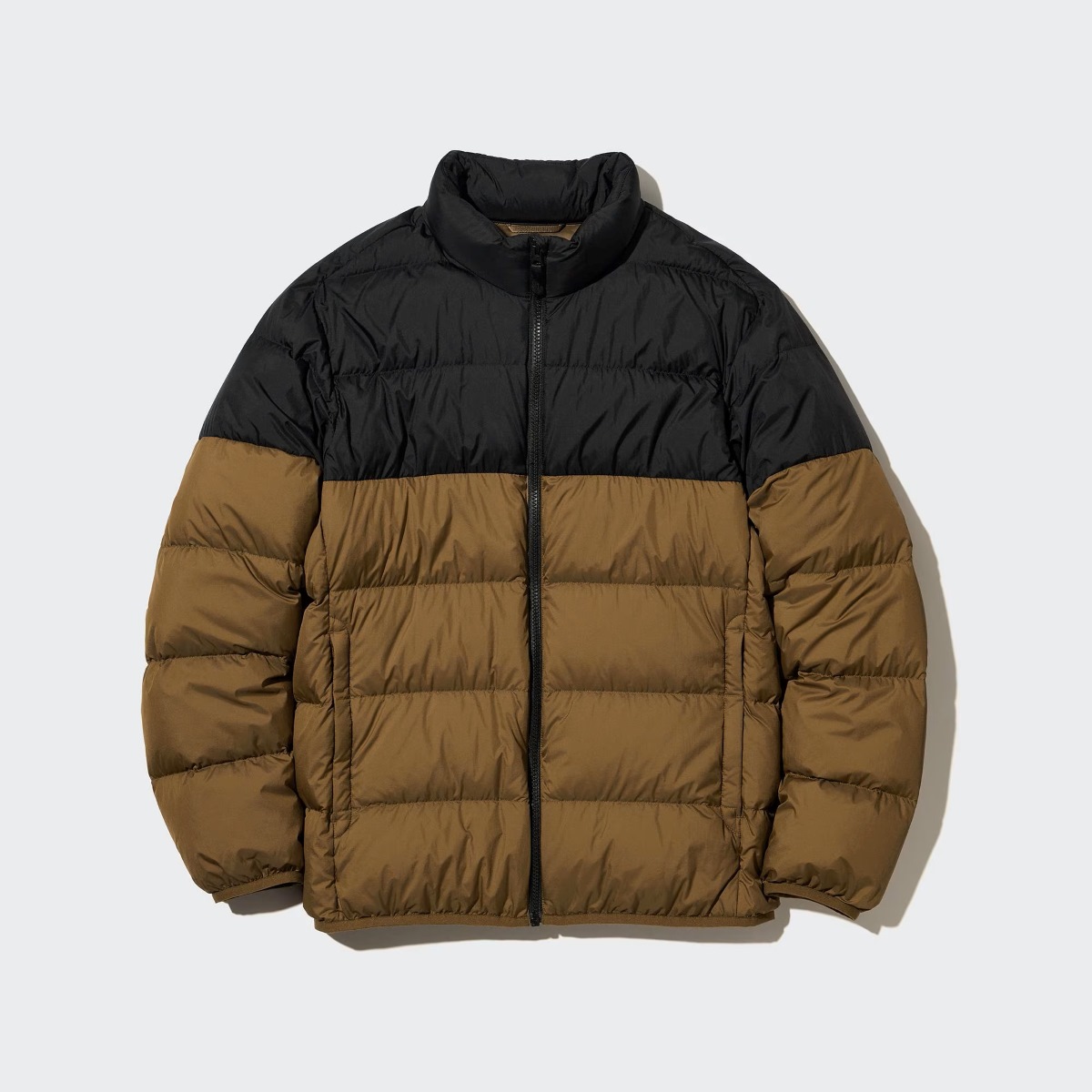

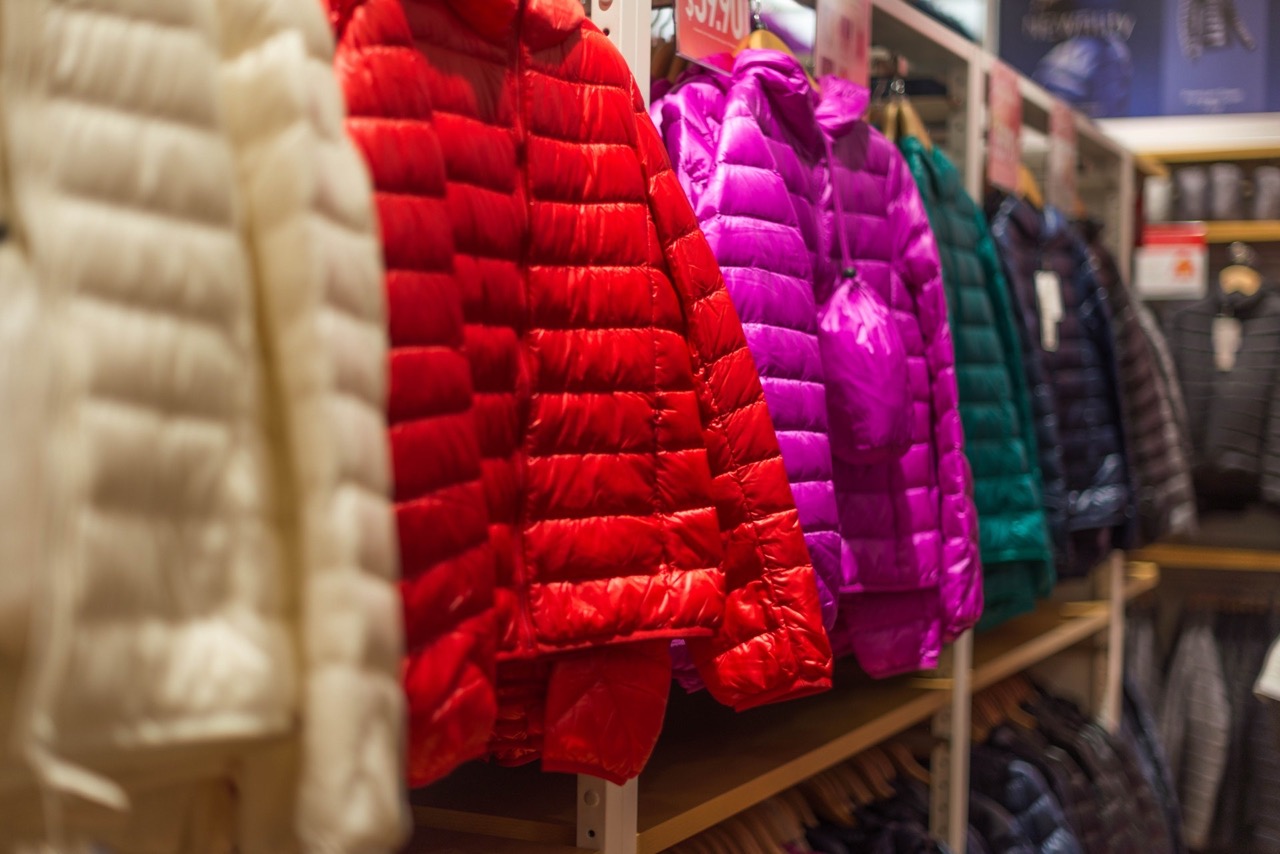
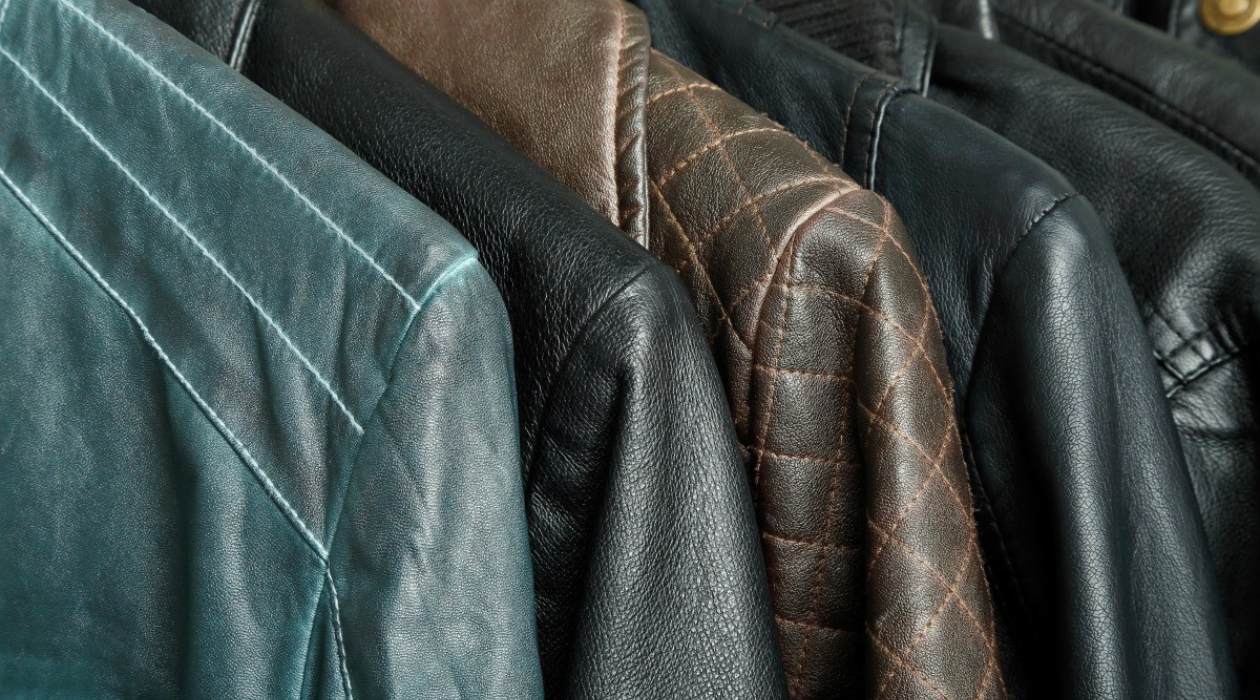
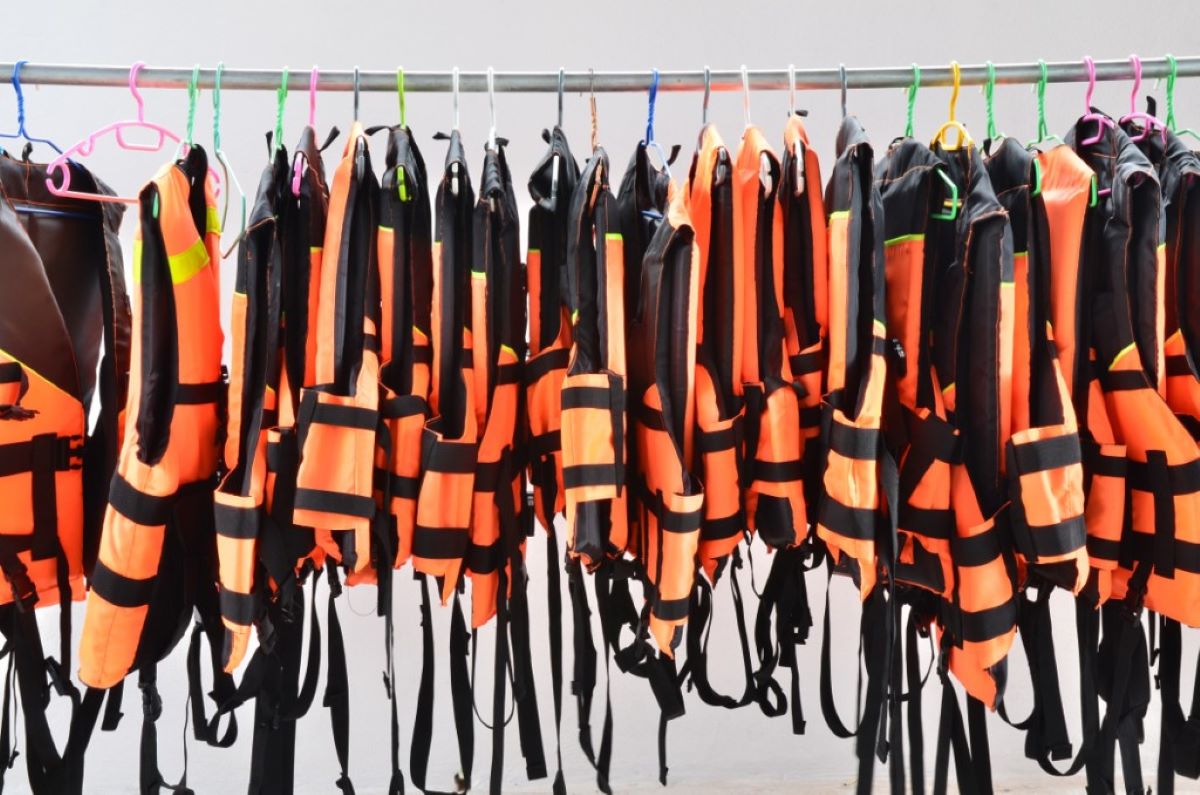




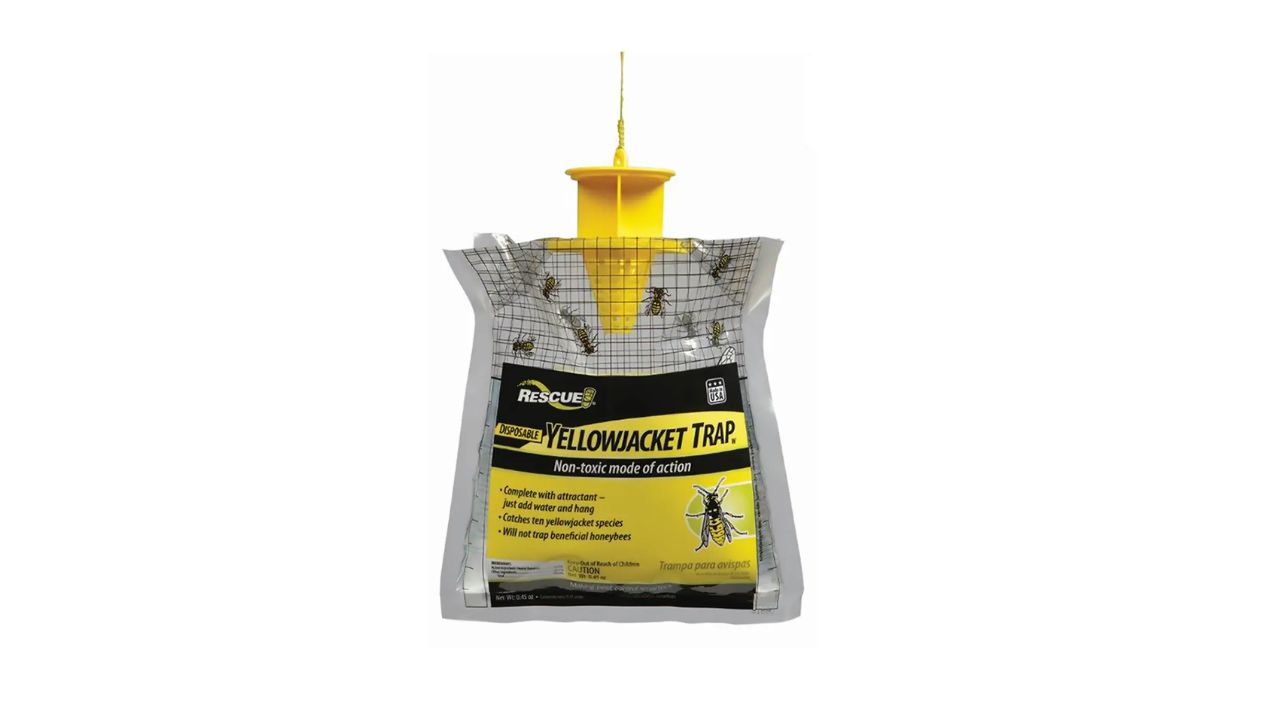




0 thoughts on “How To Store Jackets”